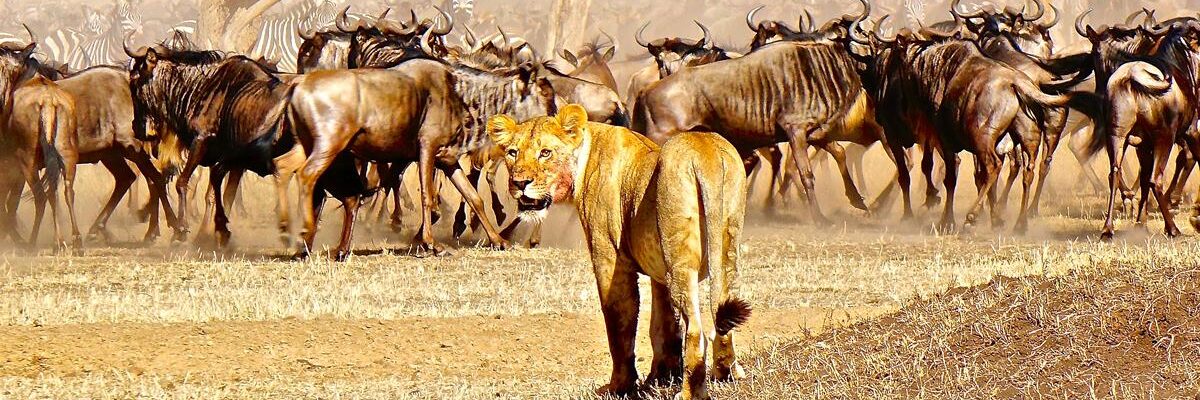






Where to in January
January is a dry season in East Africa and therefore a great time to come on a wildlife safari to this region. Consider Kenya’s Masai Mara, or go for southern Serengeti in Tanzania to stand a chance of seeing the annual migration. January is calving time so great for seeing newborns, with predators never far away – thus making for a great time for photographers to capture lifetime moments. Also consider Selous in southern Tanzania, and gorilla trekking in Uganda or Rwanda.
Rwanda:
January is part of the first dry period running from mid-December and continuing throughout the whole of January, and into February, and a great time for gorilla trekking. The climate in Rwanda is very similar all year round however it may differ depending upon which area you are staying in. During the two dry seasons there is often light clouds across the country which offers refreshingly, light rainfall as well as being able to moderate the temperature. You can expect fairly dry terrain, but being in the Virunga’s, weather can be a little unpredictable, and rain can come at any time.[/icon_box]


February is a great time to come on a wildlife safari visiting East Africa. Consider Kenya’s Masai Mara, Amboseli or Samburu, or go for southern Serengeti in Tanzania to stand a chance of seeing the annual migration. By February the southern Serengeti plains will be alive with newborns, but predators are never far away. Selous in southern Tanzania is also good at this time. This is also a good time to trek to see gorillas in Uganda or Rwanda.
Rwanda:
The weather at this time is relatively similar to January, concluding the short dry season. The start of the month will be drier than the end, making February the start of a great time to track chimpanzees and gorillas in the same safari.
Dry terrain means that if you are looking to hike elsewhere in the country, canoe, or even climb, without the worry of rain cutting it short, this is a good choice, along with January and December.[/icon_box]


The long rains don’t generally reach east Africa until about mid-late March, so most of this month is still great for wildlife safaris in Kenya, Tanzania, and Uganda. The herds of the wildebeest migration herds are still in Tanzania’s southern Serengeti and there are lots of young ones, with lots of predators around – the perfect time to experience the magic.
Rwanda:
Marking the start of the ‘long rains’ which will last until mid-May, the rain throughout this time can be heavy and persistent, but it can also stop as soon as it starts. The rainforest flourishes under these downpours with green, luscious flora. However, during this time it should be considered that hiking becomes treacherous and many of Rwanda’s unsurfaced roads become tricky to navigate..
Nyungwe is one of the oldest forests in Africa although has decreased in size dramatically, especially over the last 100 years, formally covering the entire length of the Albertine Rift. Chimpanzee trekking becomes easier during this time of the year because the food is a lot easier to find at this time so they do not venture too deep into the forest. They stay relatively close to the forest floor, often in large groups, and stay quite stationary, happy with the delicious fresh fruits on offer to them.
[/icon_box]



Where to go in April
Many of the herds of the wildebeest migration are heading to the western region of Tanzania’s Serengeti so the west and central areas of the park is where to find them. It’s rainy, but this means it’s quiet – without crowds and you can get some good deals on Discounted Serengeti Holidays. Gorilla trekking In Uganda or Rwanda is also possible – with good deals of Luxury accommodation.
Rwanda:
March started the season of the ‘long rains’, and April is its peak, with the average rainfall at 186mm, the highest all year. The reason for Rwanda’s quantity of rainfall notwithstanding the location of the country being so close to the equator is due to its high altitude especially in the mountain regions- particularly the northwest.
At this time, it is wet, slippery, and the rains can often be relentless, making trekking tough, and doing no favors for those who have expensive equipment. It is, however, still possible to track them at this time, and lodges remain open, as they do year round.[/icon_box]


The long rains of March and April continue into May so this month is not considered the best time to travel. However, if you’re not too worried about experiencing some rain during your trip it can be a lovely time to explore Uganda, Rwanda, Kenya & Tanzania. Landscapes will be lush and verdant after months of rain which may make wildlife more difficult to see, but the vegetation will create stunning backdrops for photography.
The Wet Season is also the peak time for animal birthing so May is a good time to look out for younger Wildlife in the game parks & reserves.
Rwanda:
Throughout the month of May, there is still a large amount of rainfall which can be very persistent, however; this enables the luscious and thick rainforest to flourish and truly come to life as well as its copious range of flora and fauna which inhabit it. Trekking through this type of land will always be difficult as the rainforest will always be quite marsh-like, so if you don’t mind about the wet weather don’t be put off booking your gorilla trekking holiday in May.
Similar to April, the mountain gorillas will often (but not always) stick to the lower slopes at this time, where it is warmer and the food is more accessible for them. So treks can be shorter in terms of distance, although you can expect your fair share of mud and mess as you traverse the dense rainforests. It can and will still rain in May, so make sure you are prepared for this. Although it can rain at any time of the year, you are much more likely to encounter it at this time, and in longer bursts.
[/icon_box]“May is a good time to trek for chimpanzee as they often stay on the ground feeding on the fruits and figs that have ripened in the rains…”
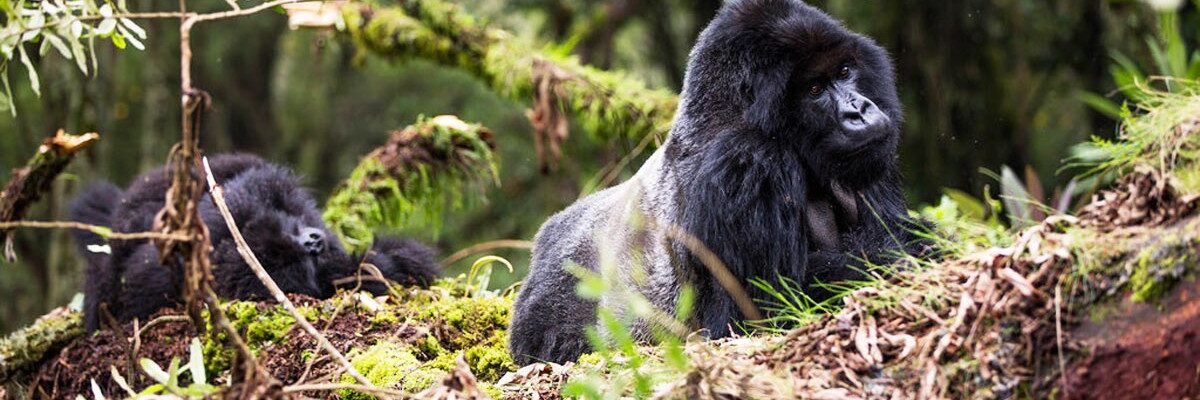



Where to go in June
Uganda: It’s dry season here again, so June is good for general wildlife, gorilla and chimp trekking. Uganda also offers some spectacular Volcano Treks and mountain climbing experiences that are worth doing in June.
Tanzania & Kenya: The rains are over so it becomes easier for game drives in the excellent East African parks such as the Serengeti, Masai Mara, Amboseli and so on.
Rwanda:
June marks the start of the long dry season, and the start of the peak time for traveling to Rwanda, although it remains fairly quiet until we get into July and August, due to the summer holidays in Europe. The season lasts until September, and is a popular time to go, for many reasons.
Although it can still rain at this time, or any time to be honest, due to location and altitude. Note that gorilla tracking permits sell out quite far in advance now, sometimes you need to obtain them a year in advance, so it is a good idea to get these secured as soon as possible – we will do this for you when you book your safari.[/icon_box]
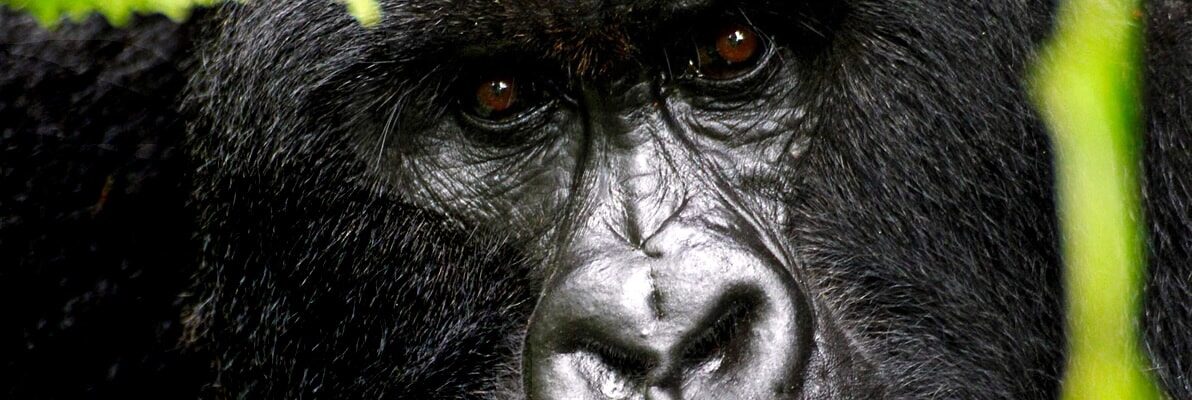

Tanzania & Kenya:
The Serengeti, the Masai Mara, Amboseli, Selous … all these great East African reserves and more are at their peak from July to October. In July the wildebeest migration is in central and northern Serengeti, Tanzania.
Rwanda & Uganda:
It’s dry season here again, so June is good for general wildlife, gorilla and chimp trekking. Uganda also offers some spectacular Volcano Treks and mountain climbing experiences that are worth doing in June.
Rwanda:
Arguably viewed as one of the best months to visit Rwanda; we advise those wishing to travel during this month to plan well in advance. The most important aspect to consider when planning a gorilla trekking trip is the permits you need to be able to see the gorillas, and with just 8 people tracking each gorilla family per day, these permits can be booked up to 15 months in advance. Also bear in mind that this is the beginning of the summer holidays for European and American schools meaning that hotels, lodges, and activities will all fill up fast.
If you decide you want to travel in July, get in touch with us straight away to start planning, you can never be too early![/icon_box]




Tanzania & Kenya:
The Serengeti, the Masai Mara, Amboseli, Selous … all these great East African reserves and more are at their peak from July to October. In July the wildebeest migration is in central and northern Serengeti, Tanzania.
Uganda:
It’s dry season here again, so June is good for general wildlife, gorilla and chimp trekking. Uganda also offers some spectacular Volcano Treks and mountain climbing experiences that are worth doing in June.
Rwanda:
With conditions very similar to July, August is just as popular due to the warm and dry weather as well as it is viewed as the best time of the year for trekking the mountain gorillas. As with the month of July, we strongly advise that you book well in advance to ensure that you will be able to secure places for your dream accommodation as well as permits for trekking the awe-inspiring mountain gorillas.
After a dry July, the ground can be more secure underfoot, leading to easier trekking to see the mountain gorillas. With a monthly rainfall average of just 35mm, August is pretty dry too, although you can always get a spot of rain when you are in Rwanda’s Virunga’s. Akagera National Park is great at this time, dry ground leads to fewer water holes; fewer water holes leads to animals gathering in fewer places in higher numbers to drink. This makes the animals easier to find, and they can be seen in larger concentrations.
[/icon_box]

Kenya:
The Masai Mara is jam-packed as the migration is here. It’s also a great time for all other Kenya reserves such as Samburu, Amboseli, Tsavo …
Tanzania:
The Serengeti, Selous, Ruaha … the wildlife reserves of Tanzania are at their peak from July to October. In September the wildebeest migration is in the northern (and some in central) Serengeti in Tanzania, as well as in Kenya’s Masai Mara. For something unusual, consider the very remote Katavi, and see chimps in Mahale … amazing.
Uganda:
September is an excellent time to see gorillas and chimps, as well as other wildlife and birdlife.
Rwanda:
In September, we are coming towards the end of the long dry season, with more rainfall this month, starting from about mid-September. The temperature remains the same pretty much, but there is increased precipitation, especially towards the end of the month. After three months of dry weather, September can be a little humid, but nothing too bad usually.
For gorilla trekking, September is still a great time. It is warm and although it rains more than in August and July, the rains aren’t too bad and shouldn’t deter you from booking; you may not encounter them at all. We always recommend booking two gorilla treks; this is so you can put the camera down on your second trek, and really make the most out of your hour with them. It also helps ensure you actually do see them – this is wildlife and not predictable. However, during all our years, we have only had one client on one trek who didn’t see the gorillas, and she had taken onboard our advice and booked the two treks, seeing them successfully the second time!
[/icon_box]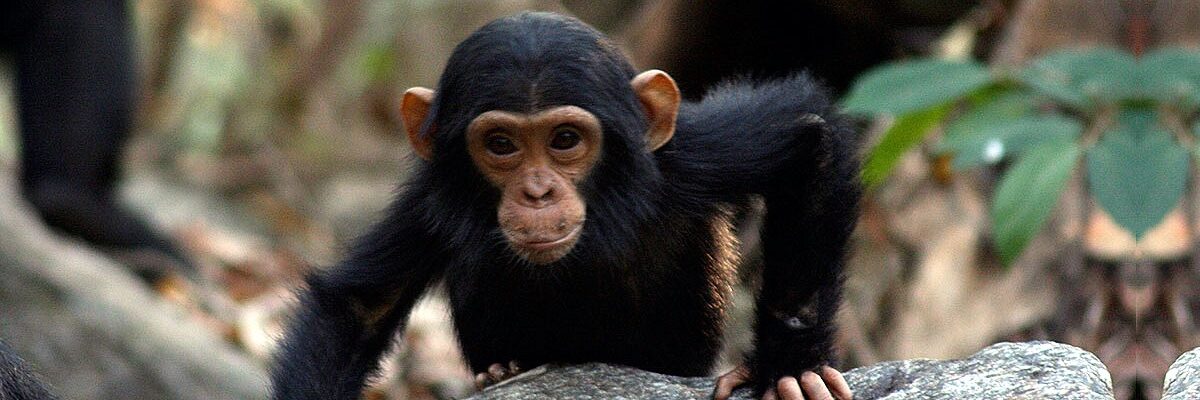

Kenya:
It’s hot and it’s dry … excellent for game viewing in all parks. The migration is still in the Masai Mara though will probably start to move south again towards the end of the month.
Tanzania:
The Serengeti, Selous, Ruaha … the wildlife reserves of Tanzania are at their peak from July to October. In October the wildebeest migration is in the northern (and some in central) Serengeti in Tanzania, as well as in Kenya’s Masai Mara. For something unusual, consider the very remote Katavi, and see chimps in Mahale … amazing.
Uganda:
The short rains can start in October, but it’s still a good time to visit, including trekking to see gorillas and chimps.
Rwanda:
October is the start of the short rains. Unlike the long rains in March and April, showers are often in quick heavy bursts, and shouldn’t affect your day too much. You can get the odd thunderstorm too, which can be incredibly dramatic, especially if you get to watch from the comfort of your lodge.
With the extra precipitation, trees and plants start to flower, making landscapes ever more green and that bit more beautiful, bringing with them lots more birdlife. This means October can be excellent for photography, and for birding. It is also a good time to track the gorillas. You can get rain at any time here, so the short rains shouldn’t put you off. In fact, some rain on your gorilla trek, although it makes the trek slightly more difficult, can make for the most stunning photographs of the gorillas in the rain; wet hair tends to curl, especially on the younger gorillas.
[/icon_box]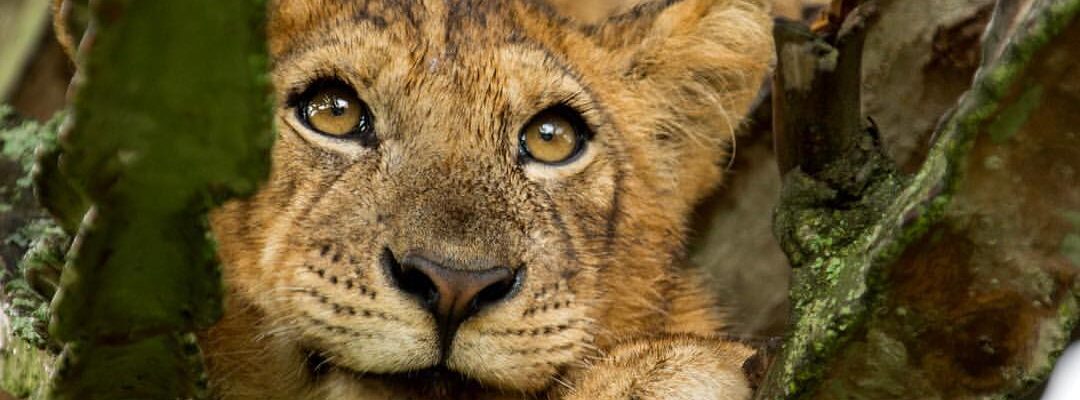

Where to go in November
Uganda:
Thanks to the rains throughout October, Uganda’s vegetation is starting to thrive in November. Dry plains become verdant and although this makes wildlife sightings more difficult the landscapes are stunning. As November is a shoulder season in Uganda, prices may be lower at this time. If you’re not opposed to some arduous trekking and potential rain, it is possible to track gorillas at this time but please be aware this is not the optimum time to visit Bwindi Impenetrable National Park.
November sees the start of the best birdwatching season (November-April) as migratory birds arrive. Uganda is known for its huge variety of birds so if this is something that you are particularly interested in, please do tell your guides and they will be able to point out some unique species.
Rwanda:
November continues the short rains, and the weather is similar to that of the end of October. Rain comes in short heavy bursts, with an average of 140mm for the month as a whole. Similar to October, although this is not considered to be the best time to go to Rwanda to track mountain gorillas, but we wouldn’t let the rains put you. Rain can come at any time of year anyway, so no matter when you travel you should always be prepared for it.
The gorillas at this time can take shelter during the rains themselves, or youngsters can play out in the droplets. Before the rain comes it can be a little humid, leading to some fashionable frizzly gorilla locks. Photography at this time can be really impressive, the foliage can be vivid and green, making the ideal contrast to the dark hair of the gorillas. You may be able to get some photos of the gorillas actually in the rain, of with wet, curling hair. The trek itself at this time can be a bit tougher than the dryer months of December to February and June to September. However, it will depend on when it last rained, and how wet the ground is.
[/icon_box]“November is not really the Best time to Trek Mountain Gorillas in terms of weather, but it can result in some very impressive photos…”




Tanzania & Kenya:
The short rains have hopefully stopped so it’s a good time to visit. The drier areas of Laikipia, Samburu, and Meru up in northern Kenya are lovely at this time, but most of the major reserves are good now until the rain begins again in about mid-march/April.
Uganda:
By December the short rains have stopped, making it an ideal time to travel. Not only are the landscapes lush and photogenic but all parks are accessible too. The ground underfoot will start to dry out as well, meaning gorilla and chimpanzee trekking will be more manageable. However, with more desirable conditions comes more travelers. December is a particularly busy time to travel as Ugandan families are on holiday, as are western tourists looking to get away over Christmas and New Year. If you wish to travel during this period it is essential you book in advance to secure gorilla tracking permits and to ensure your preferred lodges are available.
All Migratory birds should have arrived by this time of the year, so there will be a variety of species to look out for while on your safari…
Rwanda:
December marks the end of the short rains and the start of the short dry season. This is an excellent time to travel to Rwanda, but it is a peak month, so you’ll need to book well in advance of travel to secure the accommodation you want, and make sure you get hold of those ever-challenging gorilla tracking permits. Lodge prices can reflect the high season too.
The average rainfall drops leaving the ground much more desiccant; which means easier tracking with less mushy ground. You can still encounter rain, but it is not as likely as in the wetter seasons.
[/icon_box]
